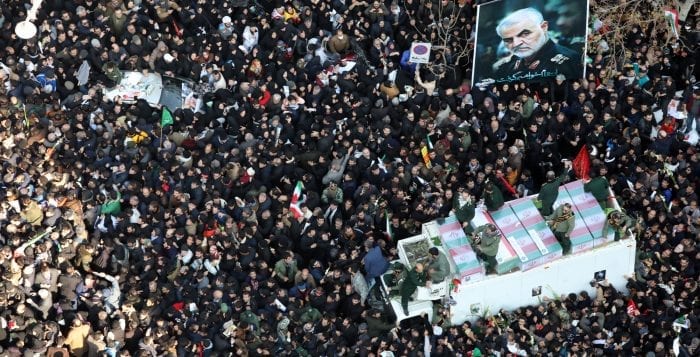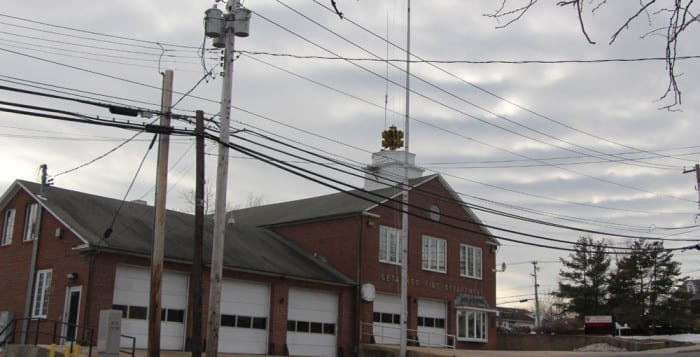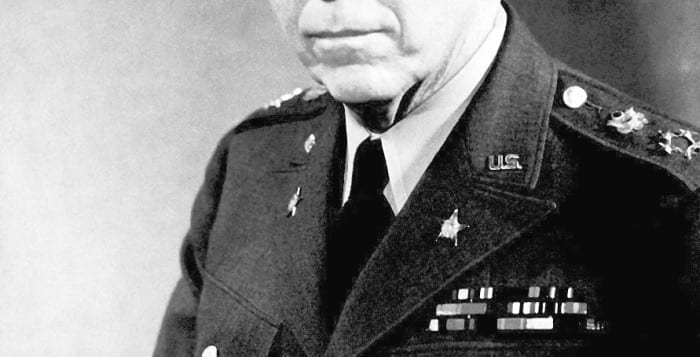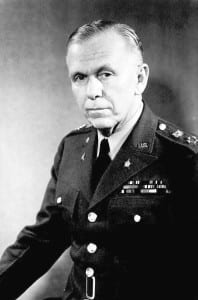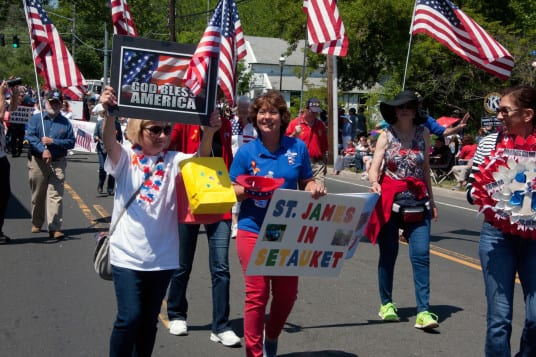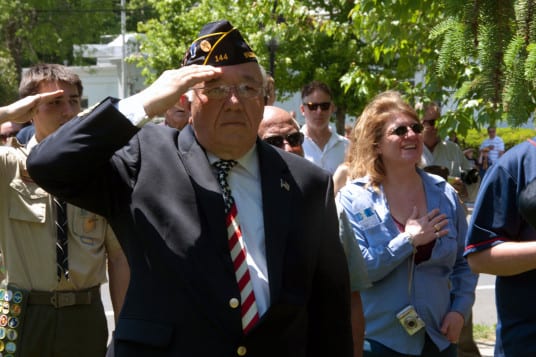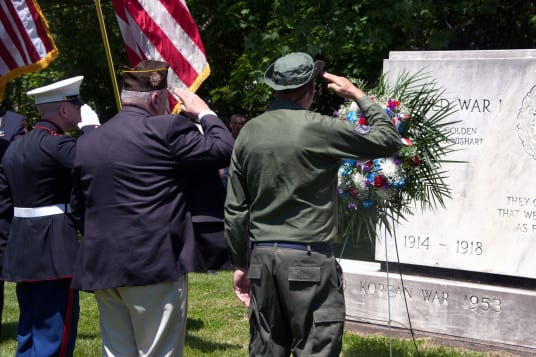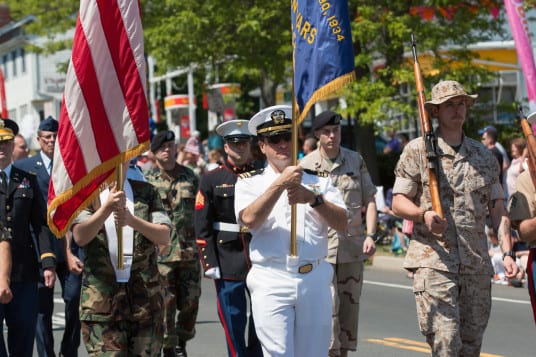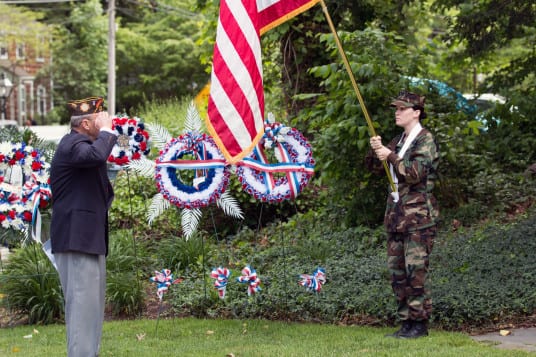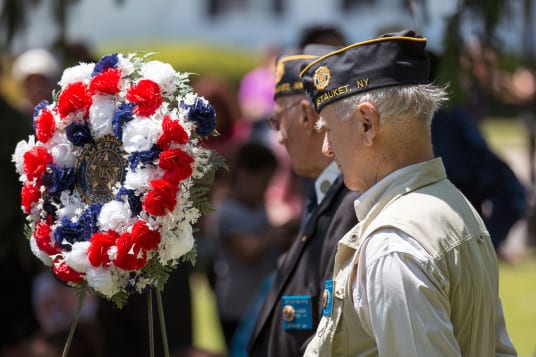It’s a once-in-a-decade request, and this year’s census could determine just how much local schools, governments and nonprofits get in aid from the federal government. Not to mention, this year’s count could determine if New York could be sending one or two less U.S. representatives to Washington out of its current total of 27.
It has enough officials worried that New York State is funneling money around to different counties to get people to fill in the survey. Suffolk County is expected to receive $1.019 million toward its efforts. Officials have called for additional funds toward the census in this year’s budget, though most don’t expect the money to materialize before the census starts rolling in mid-March. New York State has made $20 million available of a total of $60 million to go toward engagement efforts in local municipalities. $15 million is going to the state’s 62 counties.
“It’s the principle that we count, and we should be counted.”
— Martha Maffei
This year, galvanizing the populace to take the census has become a phenomenon, with players at the state, county and local level putting a heavy emphasis on this year’s survey. On the line, advocates say, is a correct political representation on a federal level as well as $675 billion annually in federal funds for prioritizing road work, school aid, grants and Medicaid funding.
Due to the 2010 census, New York lost two congressional seats, and some have said this year’s count could lose the state one or two more. Local groups, both small and large, have the task of energizing enough people to gain an accurate headcount.
Like herding cats, that’s much easier said than done
Suffolk County Complete Count Committee was created in 2019 in part by the nonprofits Health & Welfare Council of Long Island and Long Island Community Foundation to generate engagement for those efforts.
Rebecca Sanin, president of HWCLI, said they have around 300 groups, including nonprofits, religious organizations, business organizations and governments, participating at least to some degree in outreach among 11 subcommittees. The nonprofit has also established guidebooks and graphics for everyone from immigrant leaders to hospitals to senior citizens.
“We’re really trying to build momentum, where the end is a 10-year funding impact to our region,” Sanin said.
The committee has become a hub for joining up the disparate groups looking to promote the census. The state has its own CCC, and other counties have been encouraged to create their own committees. County Executive Steve Bellone (D) was named to the New York State Complete Count Committee by Gov. Andrew Cuomo (D).
“Suffolk County is not only the largest suburban county in the state of New York, but we have the fourth largest and hardest-to-count populations in New York state,” Bellone said during a 2019 meeting with the Suffolk Complete Count Committee. Approximately 40 percent of county residents live in hard-to-count areas, he said.

County officials have hosted census job fairs this year and last, with positions paying $17 to $23 an hour.
Governments at both county and town level have started putting notices of the census in official emails and releases. Brookhaven Councilwoman Valerie Cartright (D-Port Jefferson Station) had been drafted to partner with the complete count committee. She said the town is working on a project with the tax receiver’s office to send out a reminder in the midyear tax receipts that goes out to every household in Brookhaven. They have also started to include information about the census in town programs hosted this year and had representatives from the census table at town events.
“Undercounting of communities can have a domino or ripple effect on community projects and issues for years to come,” the councilwoman said in an email. “A complete and accurate count of your community can result in improved infrastructure and schools, better community health and programs and much more.”
Steven Collins, who works for the U.S. Department of Commerce as a partnership specialist for the census in Suffolk, said the big game changer this year is the now-four different ways residents are going to be able to respond to the census. People can now respond over the internet, over the phone or using the usual mailed in paper survey. The fourth way is when all other options are exhausted, and when census operators have tried to reach an individual by several other means, an enumerator will knock on one’s door.
Though not all see the incentivized online component as a good thing. Sanin said there are many who have a general distrust of putting information online, due to the many examples of private companies being hacked to get access to a user’s personal data. There is also a large digital divide, and many still do not have easy access or understanding how to use the online component.
Despite the online component, census promotion still requires boots on
the ground
Stony Brook University has been active in trying to get students signed up for the count but have also started concerted efforts to encourage indigenous groups, especially those living on Long Island’s South Fork, to sign on for the census.
Despite how seriously census takers have been in requesting surveys, that still has not stopped multiple areas coming back with low response rates, some barely above 50 percent.
In Suffolk County presentations to the complete count committee, some communities are shown as much harder to count than others. While much of the North Shore shows a response rate of 70 percent or better, a large area in Huntington and Huntington Station, with sizable minority populations, have a response rate of 60 percent, at worst.
At www.censushardtocountmaps2020.usa, researchers have used previous census data to track which areas showed lower census participation.
In Brookhaven, one area with low turnout happens to be around the hamlets of Ridge and Upton and in Selden and Centereach, especially in the area along Route 112 that has a previous response rate of only 60 to 65 percent.
There are portions of Long Island with much worse representation. There are certain parts of West Babylon with a response rate as low as 0 to 60 percent.
SEPA Mujer, a nonprofit immigrants rights advocacy group, has chapters in several of the areas that show low response rates, including Riverhead, Huntington Station and Patchogue. Martha Maffei, the executive director of the nonprofit, said they have formed coalitions at two of their three chapters specifically to energize the community for the census. Many of their organizers and members have advocated for local immigrants to take the census which comes with the task of convincing the immigrant community the information will not be used against them by immigration enforcement.
“It’s the principle that we count, and we should be counted,” Maffei said.
Usually, she said, organizers take the tack of arguing that filling out the census will mean more funding for their school districts and how it will offer them better political representation.
The complete count committee has organized 13 total groups on the immigration subcommittee who have all pledged to move through these communities. The issue, she said, is money, compounded with the amount of ground these volunteers have to cover, with only the some $1 million to be spread amongst all of Suffolk.
“Fear nurtures an undercount, and an undercount nurtures our continued inequity.”
— Rebecca Sanin
Still, she’s optimistic these hard-to-count areas will be more active than 2010.
The census is meant to track everyone, including those undocumented immigrants, in order to get a full understanding of total population, but in 2019 the potential for a citizenship question to appear on the census created a tornado of partisan bickering, with opponents saying such a citizenship question would specifically target Latino groups and incentivize them to not respond to the census, thereby limiting the political capital such groups could wield. Officials said the pro-citizenship question was needed to enforce the Voting Rights Act of 1965, designed to help blacks overcome legal barriers to voting during the Jim Crow era.
In November of last year, The New York Times reported on disclosures from the White House hinting that Republican strategists had political reasons for encouraging a citizenship question, that it would increase Republican influence and political power once totals for the census were drawn by undercounting residents in largely Democratic areas.
Judges ruled the question illegal under Title 13, which states the government can only use data from the census for statistical purposes. Collins reiterated there will be no citizenship question on this year’s census, and all information is kept extremely confidential and secure.
Yet the idea still lingers in the minds of some residents, and it is something census advocates said they have had to work around.
Sanin and Maffei said the citizenship question has undoubtedly had a cooling effect toward the census, though to what extent is hard to gauge.
“We feel we are going from one attack to another,” Maffei said. “There is a lot of trauma in this community.”
The general distrust in government and in government systems is high, and trying to encourage people “living in the shadows,” as Sanin put it, is where much of the past year’s efforts have gone.
“Fear nurtures an undercount, and an undercount nurtures our continued inequity,” she said.


